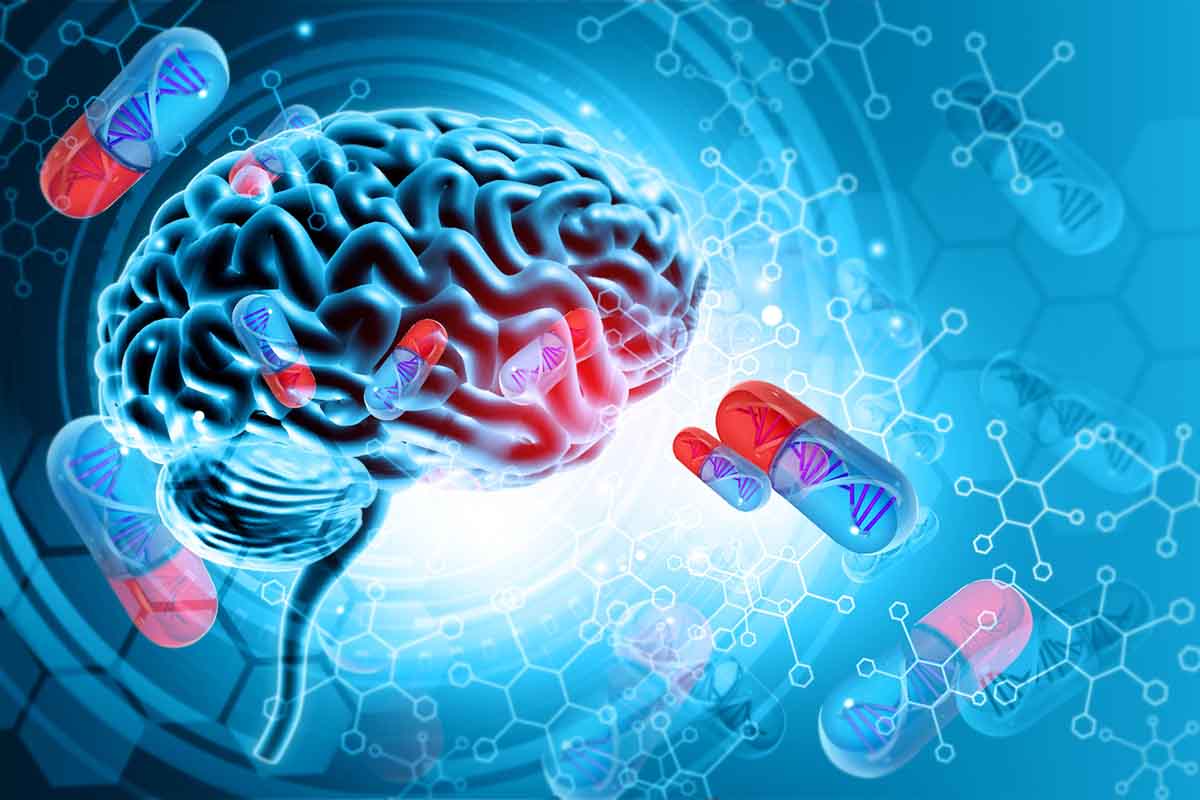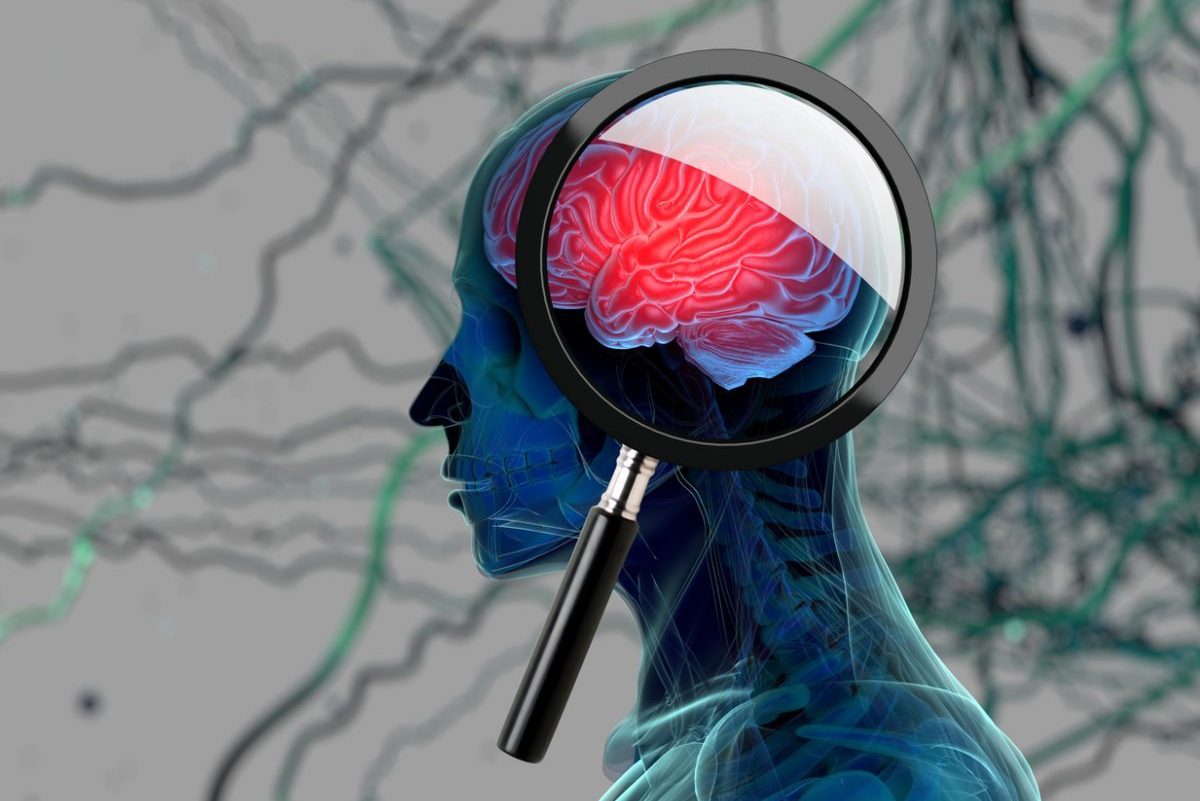Background: Successful treatment of conduct disorder remains difficult. On the basis of a positive response to divalproex among adolescent boys with conduct disorder, we conducted an analysis of the impact of baseline comorbid diagnoses and personality factors on the likelihood of treatment response to divalproex.
Method: Seventy-one adolescent boys with conduct disorder (DSM-IV) and a history of at least 1 offense against persons were randomly assigned to receive high- or low-dose divalproex for 7 weeks. Evaluations included best estimate diagnoses, the Clinical Global Impressions-Severity of Illness scale (CGI-S) and CGI-Improvement scale (CGI-I), the 62-item Weinberger Adjustment Inventory (WAI-62) assessment of distress and restraint, the Response Evaluation Measure assessment of immature and mature defenses, and the Achenbach Youth Self-Report assessment of overall psychopathology. All were conducted at study entry and exit, and the WAI-62 was conducted weekly throughout the 7-week study period. Treatment response was defined as a rating of much improved or very much improved on the CGI-I. Data were collected from June 1997 to April 1998.
Results: Fifty-eight subjects completed the study and were eligible for inclusion in the analysis. Plasma divalproex level (p = .003) and immature defenses (p = .004) were significant positive predictors of treatment response, while restraint (p = .01) and level and range of psychopathology (p = .04) were significant predictors of nonresponse. Comorbidities or distress (p = .06) were not significantly associated with treatment outcome.
Conclusion: Predictors of response to divalproex treatment for conduct disorder were identified, despite the small sample size in this study. The pattern of positive and negative predictors of response to divalproex, an antikindling agent, tends to support a model of kindling-reinforced reactive/affective/defensive/impulsive aggression among adolescent boys with conduct disorder. Additional studies are needed to identify more subtle predictors of treatment response and to clarify the mechanisms contributing to the development of conduct disorder.
Please sign in or purchase this PDF for $40.00.





